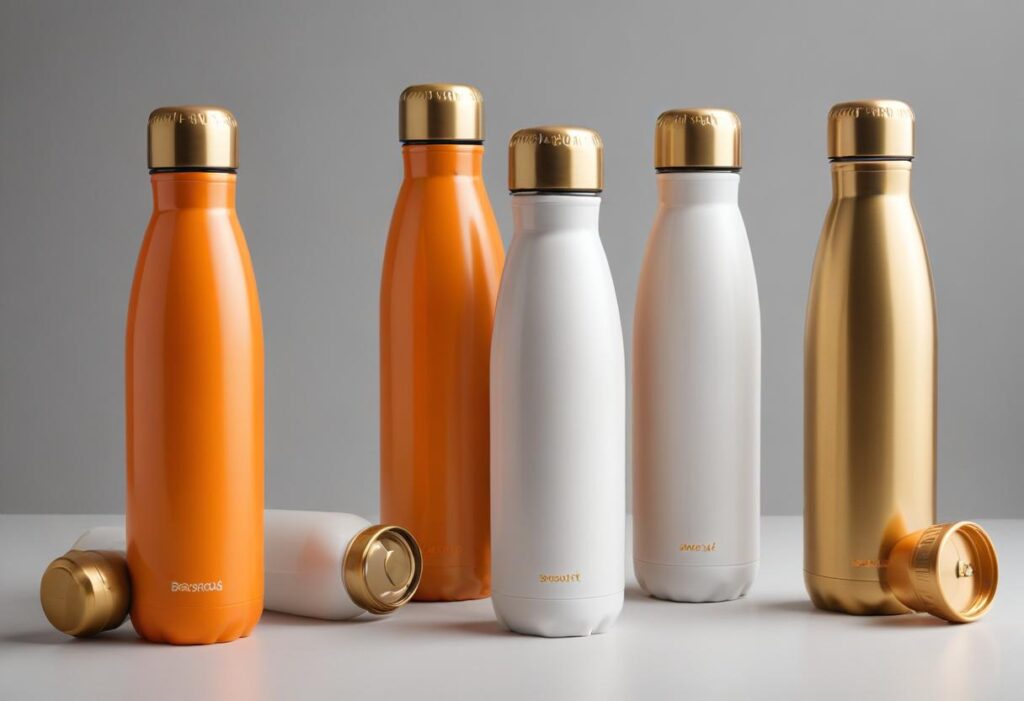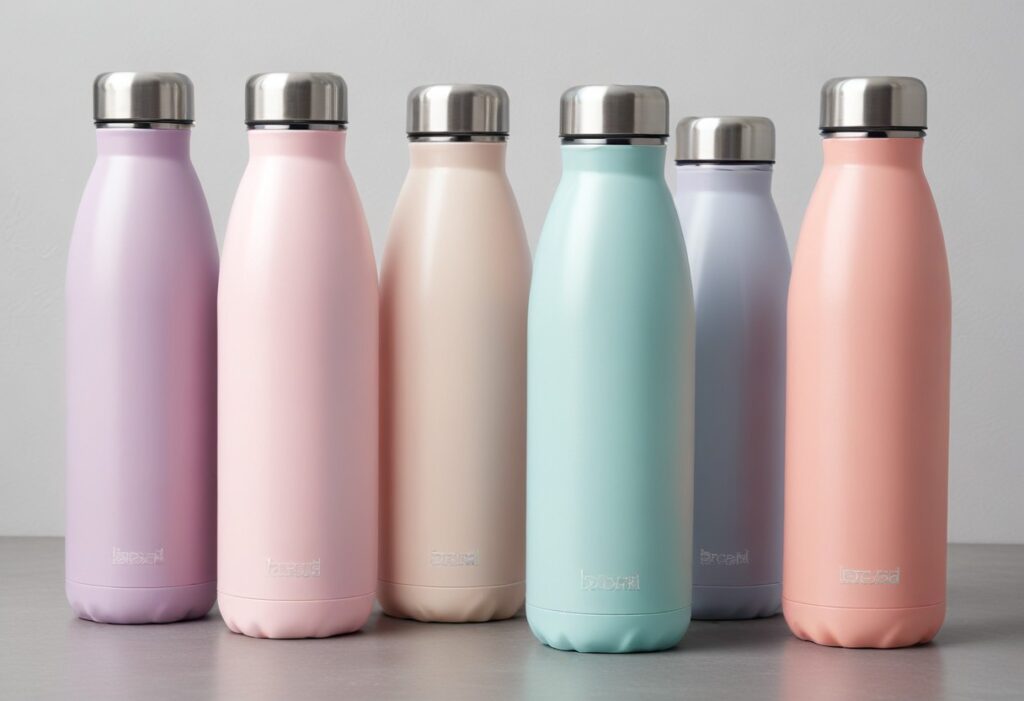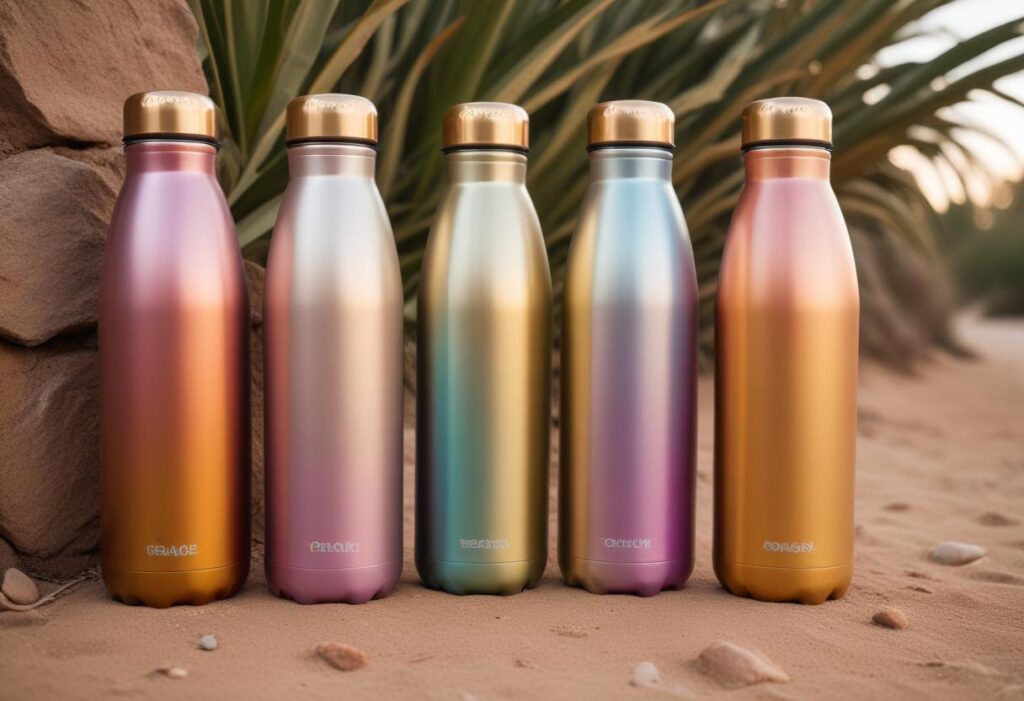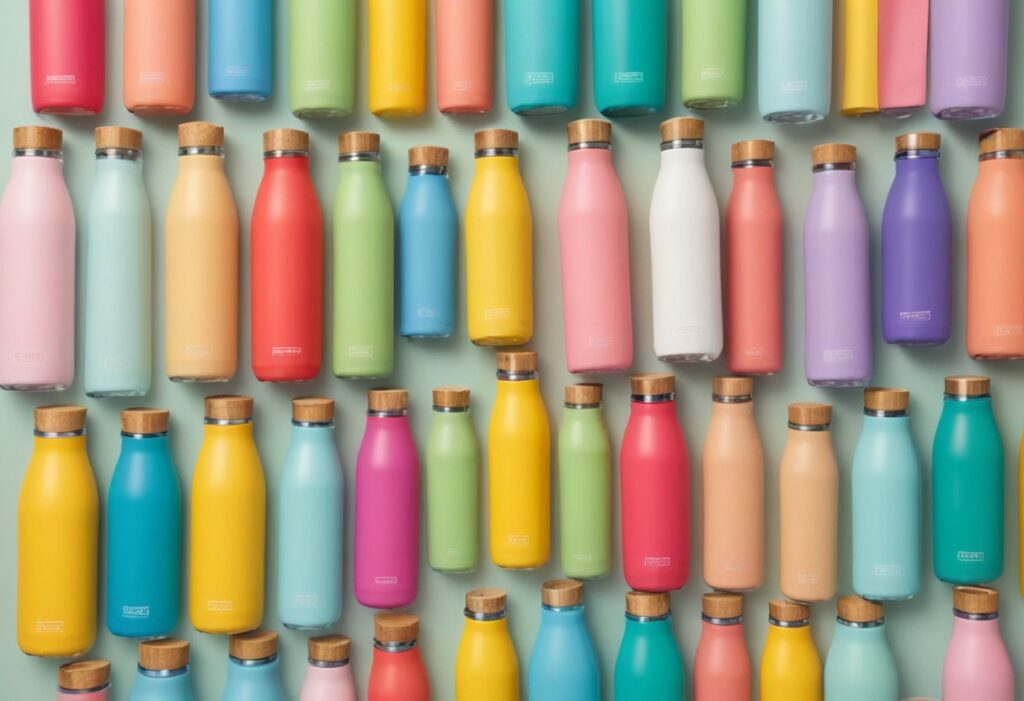Table of Contents
I. Introduction
In today’s fast-paced world, staying hydrated is more important than ever. Insulated water bottles have become increasingly popular, thanks to their ability to keep drinks cold for extended periods. This article delves into the science behind these remarkable bottles, explaining how they maintain temperature and why they are a smart choice for anyone looking to stay hydrated on the go.

II. Basics of Heat Transfer
To understand how insulated water bottles work, it’s essential to grasp the basics of heat transfer. Heat can move in three ways: conduction, convection, and radiation.
Conduction: This occurs when heat passes directly through a material. For instance, if you touch a hot metal surface, the heat is conducted from the metal to your hand.
Convection: This involves the movement of heat through fluids (liquids or gases). When air or water heats up, it becomes less dense and rises, while cooler fluid descends, creating a cycle.
Radiation: This is the transfer of heat through electromagnetic waves. Unlike conduction and convection, radiation doesn’t require a medium to travel through. The warmth you feel from the sun is a result of radiative heat transfer.
In the context of water bottles, preventing these heat transfer mechanisms is key to keeping liquids cold.
III. Types of Insulation Used in Water Bottles
Several types of insulation are used in water bottles, each with its own set of advantages.
Double-Walled Insulation: This method involves creating two layers with a small air gap between them. The air acts as a barrier, slowing down heat transfer.
Vacuum Insulation: Perhaps the most effective method, vacuum insulation involves removing air between the walls of the bottle, creating a vacuum. Since there are no molecules to conduct heat, this dramatically reduces heat transfer.
Foam Insulation: Some bottles use foam materials between the walls to provide insulation. Foam contains tiny pockets of air that trap heat and prevent it from passing through.
Each method offers varying levels of effectiveness in keeping your drink cold, with vacuum insulation typically being the most efficient.

IV. Double-Walled Vacuum Insulation
Double-walled vacuum insulation is a popular and highly effective technique. Here’s how it works:
Double Walls: The bottle is constructed with two layers of material, usually stainless steel, creating an inner and outer wall.
Vacuum: The space between these walls is evacuated to create a vacuum. This vacuum serves as an excellent insulator because it eliminates air, which is a conductor of heat.
Heat Prevention: Without air to facilitate heat transfer through conduction or convection, and with reflective surfaces to minimize radiative heat transfer, the bottle effectively keeps the contents at a stable temperature.
The benefits of vacuum insulation include excellent temperature retention and the ability to keep drinks cold for many hours, making it a preferred choice for many consumers.
V. Reflective Coatings and Materials
Some insulated water bottles go a step further by incorporating reflective coatings inside the bottle. These coatings, often made of materials like stainless steel or copper, help reduce heat transfer by reflecting thermal radiation.
Stainless Steel: Commonly used for its durability and ability to resist rust and staining.
Copper Lining: Known for its superior thermal conductivity, which helps reflect heat back, further enhancing the bottle’s insulation properties. By minimizing radiative heat transfer, these coatings contribute to keeping your drink cold for longer periods.
VI. Additional Design Features
Beyond the primary insulation methods, several additional design features can enhance a bottle’s performance.
Insulated Caps and Lids: Caps and lids that are insulated help prevent heat exchange at the bottle’s opening.
Seals and Gaskets: High-quality seals and gaskets ensure an airtight closure, preventing warm air from entering and cold air from escaping.
Exterior Coatings and Textures: Some bottles have coatings that reduce heat absorption from the environment, helping maintain a cooler internal temperature.
These features collectively contribute to the overall effectiveness of insulated water bottles.

VII. Testing and Performance
To ensure that insulated water bottles live up to their claims, they are subjected to rigorous testing.
Testing Methods: These often include filling the bottle with cold water and measuring the temperature over time in various conditions.
Benchmarks and Standards: Standards set by organizations like ASTM International help ensure consistency and reliability in thermal performance.
Real-World Performance: While laboratory conditions provide a controlled environment, real-world use can vary. Factors like ambient temperature, frequency of opening, and initial liquid temperature can affect performance.
Understanding these testing methods and performance metrics can help consumers make informed choices.
VIII. Environmental and Health Benefits
Using insulated water bottles offers several environmental and health benefits.
Reduction in Single-Use Plastic: By opting for a reusable bottle, you contribute to reducing the massive amount of plastic waste generated by single-use bottles.
Health Benefits: Maintaining proper hydration is crucial for overall health, and having a cold drink readily available can encourage more frequent water intake.
Durability and Longevity: Insulated bottles are designed to last, reducing the need for frequent replacements and minimizing environmental impact.These benefits make insulated water bottles an eco-friendly and health-conscious choice.
IX. Choosing the Right Insulated Water Bottle
Selecting the right insulated water bottle depends on several factors:
Size: Consider how much liquid you need to carry and how portable you need the bottle to be.
Material: Stainless steel is durable and safe, while other materials like glass may be heavier but provide a different drinking experience.
Brand Reputation: Research brands known for quality and reliability.
Specific Use Cases: Think about where and how you’ll use the bottle—whether for sports, travel, or everyday use.
Proper maintenance and cleaning are also essential to ensure the bottle’s longevity and performance.

X. Conclusion
Insulated water bottles are marvels of modern design, combining advanced materials and engineering to keep drinks cold for extended periods. Understanding the science behind their operation helps appreciate their value and functionality. By choosing an insulated water bottle, you not only enjoy practical benefits but also contribute positively to the environment and your health.
XI. FAQs:
Q: How long can an insulated water bottle keep drinks cold?
A: Depending on the quality and design, some insulated water bottles can keep drinks cold for up to 24 hours.
Q: How should I clean my insulated water bottle?
A: Most insulated water bottles can be cleaned with warm soapy water and a bottle brush. Avoid using abrasive cleaners that can damage the interior.
Q: Can I put my insulated water bottle in the freezer?
A: It’s generally not recommended, as the expanding liquid could damage the vacuum seal. Check the manufacturer’s guidelines for specific recommendations.
Q: What should I do if my insulated bottle stops keeping drinks cold?
A: Inspect the bottle for any damage to the vacuum seal or insulating layers. If the bottle is still under warranty, contact the manufacturer for assistance.